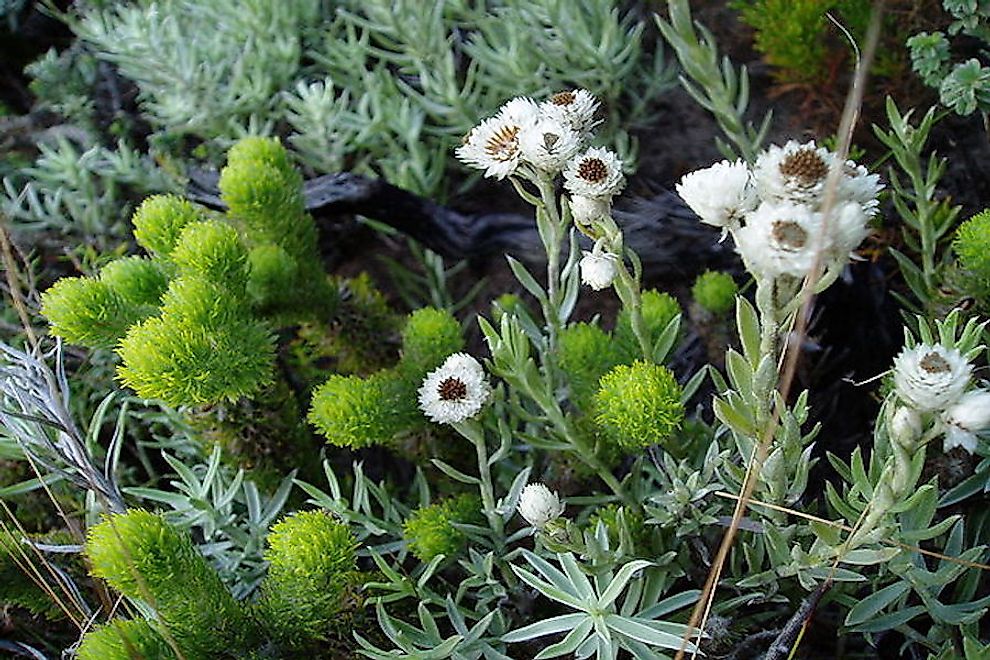The Biodiversity Hotspot Of The Cape Floristic Region, South Africa

Where Is The Cape Floristic Region?
The Cape Floristic Region, occupying an area of 78,555 square km, is located close to South Africa’s southern tip, entirely within the borders of the country. It is one of the world’s six recognized floral kingdoms and houses an extraordinary diversity of plants exhibiting high levels of endemism. Of the 9,000 species of vascular plants growing here, 69% are endemic in nature.
Description Of The Biodiversity Hotspot
The Cape Floristic Region is home to five of the 12 endemic plant families of South Africa distributed into 160 different genera. The greatest non-tropical concentration of higher plant species can be found in this biodiversity hotspot.
Flora Of The Cape Floristic Region
The fybnos, a sclerophyllous shrubland, occupies the greatest part of the Cape Floristic Region. Numerous members of the Heath family, Reed family, and Protea family grow here. The sandveld is another type of vegetation featuring in the region. The Afromontane forest is distributed in small pockets in the sheltered and humid areas of the Cape Floristic Region.
Worldwide Recognition
The Cape Floristic Region is recognized by Conservation International as a biodiversity hotspot. The fybnos ecoregions of the Cape Floristic Region are also designated as one of the Global 200 priority ecoregions for conservation. The WWF divides the region into three distinct ecoregions. The Cape Floristic Region currently includes 8 representative protected areas which have been designated as a UNESCO World Heritage Site bearing the title "Cape Floral Region Protected Areas.”







